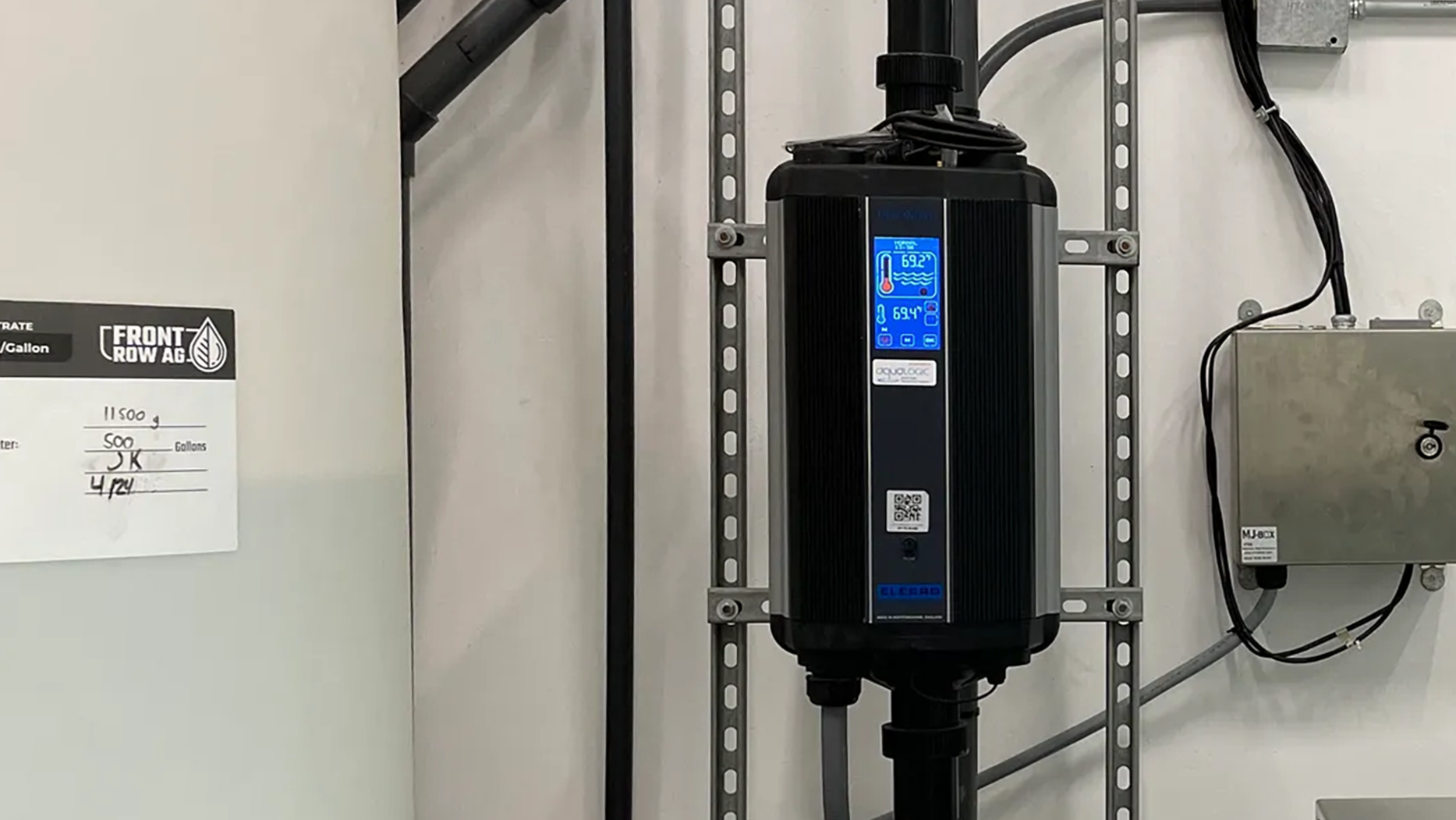👉 TL;DR
Calculate $/ft2/day for each cycle and cultivar, associate the outcome changes with their causes, then do whatever is required to further increase $/ft2/day. If a cheaper input (e.g. fertilizer) decreases price or yield - you can easily lose much more revenue than you saved in OpEx. Want us to walk you through it? Sign up for a free financial audit.
Cultivators who have an understanding of these 2 key financial dynamics in cultivation will make far better financial decisions for their grow than those who do not.
1: Optimizing Gross Revenue per Square Foot per Day ($/ft2/day) and how to use this metric as a key decision making tool.
2: Cost of Goods (COGs) Analysis: Which expenses are worth further optimization vs expenses where optimization can cause net losses.
In this article, we will cover how to calculate and make cultivation decisions with this KPI $/ft2/day.
Optimizing Gross Revenue per Square Foot per Day
The Fundamental Metric: $/ft2/day
How To Calculate $/ft2/day
Cultivators should prioritize decisions based on the metric of revenue per square foot per day.

This metric is a composite of three critical elements:
- The wholesale price per pound of processed flower
- Yield in grams/ft²/harvest
- Harvest duration
Example Calculation :
- Average Wholesale Price / lb: $1500
- Days / Harvest: 63 days
- Yield / ft²: 80 grams
Calculation: [ ($ / lb) x ( yield in g/ft2 / 454 g/lb ) / (cycle days)) ] = $ / ft2 / day [($1500 / lb) x (80 grams/ft² / 454 grams/lb) / 63 days] = $4.20/ft²/day
This metric encapsulates the key variables of wholesale price, yield per area, and harvest duration. Overemphasis on any single factor can be counterproductive if it compromises the composite total.
Batch Tracking Cultivation Variables
It's crucial to track this metric across different cultivars and batches, correlating it with cultivation variables. We refer to this as “Batch Tracking”. This will help you investigate what works and what doesn’t.
Some cultivation variables to note in each batch include:
- cultivar selection
- input adjustments
- substrate
- fertilizer and additives
- methodology variations
- technology
- lighting
- irrigation and fertigation strategies
- substrate management
- pruning, etc.

Batch Tracking in a spreadsheet would look like this. Data includes batch ID, duration of cycle, square footage of the space the batch was grown in, lbs of trimmed flower produced, average wholesale price per pound. Apply for a free financial audit if you’d like a copy of this spreadsheet template.
Dynamics That Affect Revenue
If you accept that this metric is sufficient for decision making, it follows that it’s worth analyzing and forecasting how various changes will change the $/ft2/day. Here are some common dynamics and how they affect the equation:
-
Reducing Harvest Duration:
- Reducing the harvest cycle length can increase revenue efficiency.
- For instance, reducing the cycle from 63 to 60 days can result in a roughly 5% increase in $/ft²/day, provided there's no adverse effect on yield or wholesale price.
- If the change that speeds up the cycle also happened to decrease yield or wholesale price by more than 5%, this would be a net loss.
- For this reason, I strongly favor approaches that can speed up harvest cycles along with a neutral or positive effect on quality and yield. This is one of the main outcomes that makes Phoszyme valuable in production facilities as it has been observed to slightly accelerate harvest cycles while simultaneously enhancing yield and quality.
- There are some other tricks with fertilizer and crop steering targets to slightly speed up harvest cycles, but this is the most “genetically determined” parameter and thus has the least variability.
- The real low hanging fruit is logistical constraints or mismanagement that result in delays between one harvest and flipping the next one.
- Reducing the harvest cycle length can increase revenue efficiency.
-
Increasing Yield:
- Though outside the scope of this article, increases in yield linearly increase the revenue metric;
- all other things being equal, a 5% increase in yield (going from 80 to 84 g/ft2 average) will cause a 5% increase in $/ft2/day.
- The impact of cultivation processes and methodologies on yield is so large that it often “drowns out” variation from other sources;
- this should be the first place most facilities look for improvements.
- For a controlled-environment facility with 1000+ PFFD and running modern genetics, improvements here should be the absolute top priority if yields of trimmed flower are averaging below a minimum of 1 g/ft2/day (70 g/ft2 on a 70-day cultivar, for example).
- Though outside the scope of this article, increases in yield linearly increase the revenue metric;
-
Raising Wholesale Price:
-
Optimizing wholesale price is mostly outside the scope of the article, but I do want to note the importance dynamic between wholesale price and yield.
- To continue the above example, a 5% gain in wholesale price ($1500 to $1575) is functionally equivalent to a 5% gain in yield (80 to 84 g/ft2)
-
In most markets it does bring some important benefits that aren’t immediately captured in our $/ft2/day metric:
- Speed and ease of sales
- Sell through rate
- Unit volume per sale
- Repeat sales
These are all quite important in the long run for cultivation success, so in the specific situations where yield and wholesale price are trading off against each other, go with the decision that optimizes wholesale price.* *Note that this is not usually the case; yield and quality generally increase together as a result of enhanced plant health, at least up to a point.
-
Another benefit with favoring wholesale price over yield when they trade off equally is that it avoids the processing costs that scale linearly with yield. Viable paths for increasing wholesale price include:
- Improving quality aspects
- cultivar selection
- improvements to drying/curing/transport that prevent spoilage
-
What about Cost of Goods (COGs) and Operating Expenses (OpEx)?
I’m anticipating that some operators will have reservations about relying heavily on the $/ft2/day metric for decision making since it doesn’t actually track profits; it tracks revenue.
And this is a reasonable criticism - none of the above captures what it costs to produce at given $/ft2/day.
In response to that, I would say that many ways of increasing $/ft2/day are orthogonal (statistically unrelated) to OpEx, i.e. implementing a change that increases yield/quality will often be independent of the major OpEx costs like electricity, labor, lease, etc.
While it would be best to make decisions entirely based upon annual profit, this is much harder to calculate on a batch to batch basis, and this difficulty would prevent most organizations from doing so at all. My advice is to not let the absence of “perfect” metrics be the enemy of “good” decisions.
Facilities should be working to reduce OpEx in parallel with efforts to increase $/ft2/day.
As market conditions become increasingly competitive, running efficiently becomes ever more important, and many facilities will be looking to cut costs.
What we’ll explore next is where this process can go wrong and how optimizing certain cultivation inputs (for a trivial gain) carries a significant risk of large net losses.
Intelligent Optimization of OpEx and COGs
An Example of OpEx Savings Gone Wrong
Now I’ll address some important considerations regarding OpEx (Operating Expenses) and COGs (Cost of Goods).
Naive cost savings efforts can actually result in huge net losses. Given the asymmetric downside risk (they risk losing far more revenue than is saved in opex) of some cost savings approaches, I advocate for careful analysis of the expected utility of these decisions. Here’s an example we see in the nutrient industry all the time.
To illustrate how COGs optimization can go wrong, let’s continue the example from Part 1:
A facility is currently averaging $1500 wholesale price, 80 g/ft2, and 63 days per harvest. Let’s imagine they’re paying 12 cents per gallon of delivered fertilizer solution. They’re considering a switch to a different fertilizer that costs 25% as much at 3 cents per gallon. Is this a smart decision?
Calculating the cost of fertilizer per pound of trimmed flower:
First we’ll determine the total cost of fertilizer per pound of fully processed flower. Let’s assume that on average, they’re feeding about 1 liter (0.264 gallons) per ft2 of canopy per day for both fertilizers: Current fertilizer: 63 days x $0.12/gal x 0.264 gal/ft2/day / (80 g/ft2 / 454 g/lb) = $11.33 per lb
Cheaper alternative: 63 days x $0.03/gal x .264 gal/ft2/day / (80 g/ft2 / 454 g/lb) = $2.83 per lb
The potential COGS savings would be ($11.33 - $2.83) = $8.50 per lb of trimmed flower.
Risk Analysis:
$8.50 COG savings per pound isn’t nothing, but it’s a fairly trivial amount of savings if the switch carries any risk at all of reducing the “$ / ft2 / day” facility averages.
Let’s imagine that switching to this cheaper alternative decreases yield by 5%, from 80 to 76 g/ft2 on average. Or equivalently, a drop in quality that causes a 5% decrease in wholesale price.
What are the total yearly savings vs loss of revenue in this scenario?
For this example, we’ll assume this facility has 10k ft2 of flowering canopy.
Calculating fertilizer savings vs revenue losses:
First we’ll calculate the savings in fertilizer by comparing annual fertilizer cost for both options:
Current fertilizer: $0.12/gal x .264 gal/ft2/day x 365days x 10,000ft2 = $115,632 / year
Alternative: $.03/gal x .264 gal/ft2/day x 365days x 10,000ft2 = $28,908 / year
So annual savings is $115,632 - $28,908 = $86,724. Sounds great, but how much annual revenue was lost with that 5% drop in yield?
Now let’s calculate annual gross revenue for both scenarios:
Current annual revenue: $4.20/ft2/day x 365 days x 10,000 ft2 = $15,330,000
Revenue after 5% drop: $3.99/ft2/day x 365 days x 10,000 ft2 = $14,563,500
Which would make the total annual lost revenue: $15,330,000 - $14,563,500 = $766,500
So, a facility paying 12 cents per gal and averaging 80 g/ft2 switches to a cheaper alternative at 3 cents per gal but it causes a 5% drop in yields to 76 g/ft2 average. Now let’s calculate the net effects of this:
Savings: $86,724 / year in fertilizer costs
Losses: $766,500 / year in revenue
Net losses = $679,776 / year
Analysis
Was it even worth pursuing further cost savings in fertilizer? Perhaps not past a certain point, the maximum potential savings was quite low compared to the potential risk to annual revenue.
To make this point even clearer, let’s imagine a facility was offered completely free fertilizer for a year. In the above example, this would amount to saving $115,632 per year over 10k ft2. Yes, $115k savings sounds great, but that’s equivalent to exactly 0.75% of the organizations current annual revenue. If this cost-saving switch reduces $/ft2/day by any more than 0.75% - e.g. it decreases wholesale price from $1500 to $1488, then it’s already a net negative.
When viewed like this, it’s pretty easy to understand how changes in $/ft2/day tend to “drown out” the trivial savings that come from many misguided cost savings efforts.
The point here is that sometimes there’s a huge asymmetry between “how much can you save” and “how much do you risk to lose” by using a less effective product. And fertilizer is just one example of how being narrowly focused on reducing the cost of cultivation inputs can be extremely counterproductive.
Trying to save on OpEx by compromising on fertilizer, substrate, monitoring technology, or cultivation competence tends to be a losing deal.
🔥 This gives a whole new meaning to the phrase “penny wise and pound foolish”.
Conclusion
- Utilize Imperfect Metrics Wisely: Leverage the “revenue per square foot per day” metric for informed decision-making. Relate changes in output to specific cultivation decisions.
- Be Thoughtful With Your COGs Optimization: While optimizing COGs is crucial, it should be done with an understanding of its impact on revenue efficiency. Areas like fertilizer, substrate, cultivation expertise, and clone quality, where perceived savings can turn into net losses, must be approached with comprehensive risk assessments.
This strategy, tracking $/ft²/day and assessing the risks of COGs optimization, ensures the maximization of both revenue efficiency and long-term profitability in cultivation — balancing immediate gains with sustainable growth.
Want us to walk you through this equation and compare nutrient lines? Sign up for a free financial audit.




